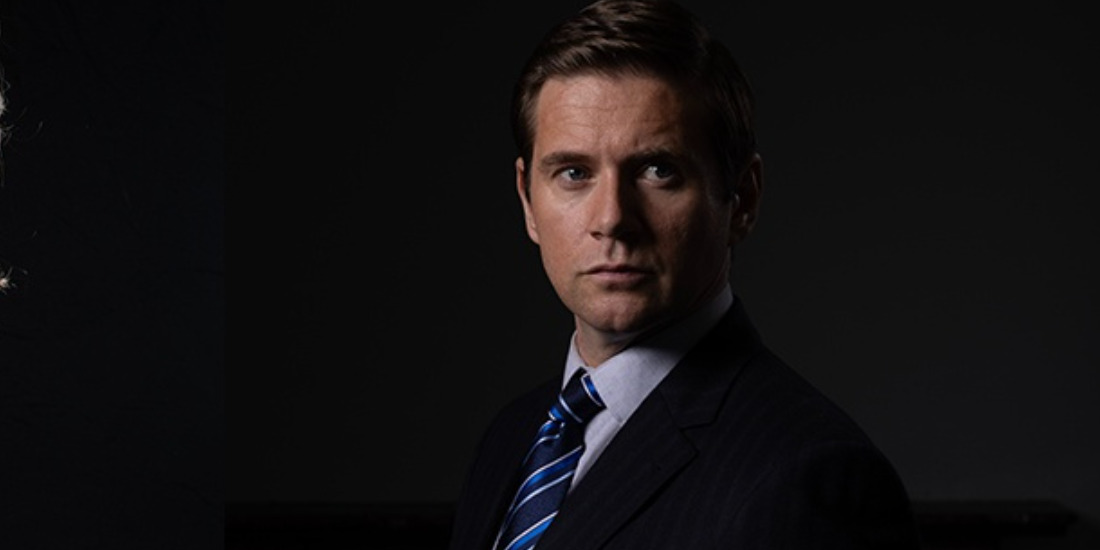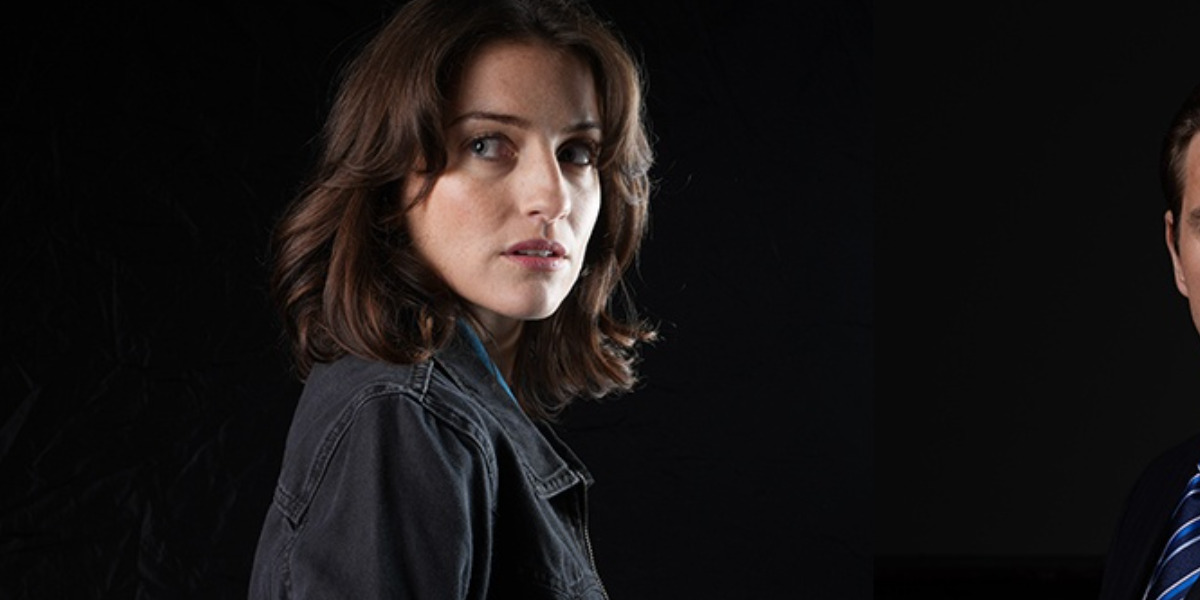‘The Vanishing Triangle,’ created by Ivan Kavanagh, is a mystery crime show set in mid-90s Ireland that focuses on a reporter’s investigation into a thread that could possibly tie multiple women’s disappearances. After receiving a cryptic anonymous message, Lisa Wallace believes that her mother’s depraved killer has resurfaced, endangering many more lives. Nevertheless, the police seem reluctant to re-open her mother’s cold case despite empathic Detective David Burke’s attempts. As such, the investigative journalist undertakes the case for herself.
The show charts a seemingly impossible series of disappearances and the subsequent police investigation that Lisa manages to spur the authorities into. The show seamlessly explores several real-life issues as a side-effect of its criminal genre. Still, the narrative’s period-specific setting in Ireland may spike some viewers’ curiosity about the story’s possible connection to a real-life crime. If so, here is everything you need to know!
Ireland’s Vanishing Triangle Circa 1990s
‘The Vanishing Triangle’ is loosely based on the real-life events that transpired in the 90s when several women disappeared in an area of Dublin, Ireland, that came to be dubbed “Ireland’s Vanishing Triangle.” Of the numerous missing person cases that rose within this period of time, a few were found murdered while others remain missing, with their cases unsolved to this day. At the time, the state police created a specialized task force operation, T.R.A.C.E., to uncover some connection between these women and their cases. One of the officers on this task force, Alan Bailey, the National Coordinator, worked on this case for 13 long years, familiarizing himself with the details of each case.

Alas, nothing incriminating ever turned up. Over the years, several speculations have stirred about the perpetrator(s) behind these disappearances. The theory of a serial killer’s interference occupies a significant space in such discussions with Larry Murphy, a convicted rapist’s name often coming up. Nevertheless, aside from theories in kind, an evidence-backed case has yet to appear. Bailey went on to share his personal experience and extensive knowledge on the subject in his 2014 true crime novel, ‘Missing, Presumed,’ where he details distinct cases that occurred from 1993 to 1998.
Each chapter of his book chronicles a separate woman’s story, presenting a cohesive known account of her disappearance and the ensuing investigation. Some of the instances in his novel include the cases of Annie McCarrick and Jo-Jo Dollard, among others. The novel strives to bring focus to the victims and their families’ tragic situations. In doing so, Bailey manages to highlight the seemingly minor details that became unfortunate catalysts in the victims’ predicament without trivializing the gravity of each tragedy. This book, a real-life account of the cases termed Ireland Vanishing Triangle, serves as a crucial basis for Kavanagh’s show.
Still, it’s important to remember that while ‘The Vanishing Triangle’ has firm roots in reality, the show is a work of fiction that only borrows inspiration from real life. Lucy Roberts, an executive producer on the show, addressed the same sentiment, saying, “Although ‘The Vanishing Triangle’ is set in the 1990s in Ireland, the themes of this story are universal and still absolutely relevant today, and that combined with the fantastic talent and strong editorial is what makes the show so appealing internationally.”
For instance, the show bestows significant magnitude to the societal problems of the time that end up contributing to the slow-paced investigation of in-universe crimes. Themes like systemic misogyny, classism, homophobia, and other prejudices continue to affect the severity with which the cops handle cases as they arise. Such an instance draws a clear parallel to a prevalent real-life issue that runs rampant in our society, past and present. As such, by drawing from the real-life cases of the missing women from 80s/90s Ireland as base inspiration for its framework, ‘The Vanishing Triangle’ effortlessly translates a thrilling narrative that remains adjacent to true crime.
Concurrently, the storylines, written by Ivan Kavanagh and co-written by Sally Tatchell, employ enough creative freedom to displace the show from a biographical title. With Lisa Wallace, a fictional investigative journalist haunted by a traumatic past, at its forefront, the show solidifies its disconnect from reality without severing ties with real-life issues. As such, the story remains a dramatization of the fraught time in Ireland during the 90s, equipping all its political and social implications without recreating any specific individual’s personal tragedies. Thus, ultimately, ‘The Vanishing Triangle’ is a fictional story that takes heavy inspiration from a real-life event.
Read More: The Vanishing Triangle: Are Lisa Wallace and Amy Reynolds Based on Real People?


You must be logged in to post a comment.